This is the fifth edition of my blog series for simple instructions to rudiments. Today, I’m covering flam rudiments!
You can check out the previous blog posts here:
⇒ Basic Drum Practice! Learn Rudiments Easily - Stroke and Diddle Edition
⇒ Basic Drum Practice! Learn Rudiments Easily - Paradiddle Variation Edition
⇒ Basic Drum Practice! Learn Rudiments Easily - Roll Edition Part 1
⇒ Basic Drum Practice! Learn Rudiments Easily - Roll Edition Part 2
Types of Flams
Flam rudiments involve playing a small note just before the primary note as an embellishment, making the main note stand out more.
This technique is often used to accentuate the snare drum in pop music.
● Flam Accent
This rudiment incorporates a flam into the first note of a triplet.
The hand sequence changes with each beat, so be careful to switch correctly while emphasizing the dynamics.

● Flam Tap
This rudiment adds a flam to the start of a double stroke.
Like the flam accent, practice with clear dynamic differences.

● Flam-a-Cue
A five-note pattern of a group of four notes and an ending note with flams on the first and last notes.
The second note is accented, so pay close attention to its placement.

● Flam Paradiddle
This rudiment has a paradiddle with a flam at the start.
This is done in the standard paradiddle sequence.
Practicing with other paradiddle variations is fine, but if done with the reverse paradiddle, it’s called a single flammed mill.

● Single Flammed Mill
This rudiment is a reverse paradiddle with a flam.
Practice it along with the flam paradiddle.

● Flam Paradiddle Diddle
A paradiddle diddle with a flam at the start.
Ensure the hands switch properly with each beat when using the correct sequence.

● Pataflafla
A four-note single stroke pattern with flams on the first and last notes.
Focus on emphasizing the flam accents.

● Swiss Army Triplet
A triplet rudiment with a flam on the first note and diddles on the first two notes.
This is relatively easier, making it good for practicing accents.

● Inverted Flam Tap
A rudiment with a diddle offset by one sixteenth note, with flams on the second note of each diddle.
This rudiment is a bit complex due to frequent flams, so practice calmly.

● Flam Drag
A rudiment composed of a flam, a drag (a low-volume diddle), and a tap (a low-volume stroke).
Like flams, practice playing drags at a low volume.

Songs Utilizing Flams
Finally, here are some songs that use flams.
These tracks incorporate various techniques, so give them a try!
● Shallm / Massakasa Magic!
A fun song to play that makes you feel good as you drum along. The different dynamic elements change the feel of the phrases, so aim to play in a way that sounds good and fun. Pay particular attention to adding accents with flams after roll-like phrases, as this changes the tone and makes it easier to hear the difference.
● Hoshimachi Suisei / Bibideba
A phrase before the chorus might benefit from drags. The phrases are simple due to the use of electronic drums, but the song employs various sounds for variation. If playing on acoustic drums, consider adding some variations as an arrangement.
● abysmal flock / Mayonaka wo Daite
A song with complex phrases using flams and crescendos.
The cymbal crescendos require attention not only to dynamics but also to the striking position, so practice to make them sound natural.
Additionally, the flam accents are crucial in this piece, so focus on making them stand out.
How was it?
This time, I introduced flams, which can enhance your expressions in playing. While some rudiment phrases can have complex sequences, incorporating them into your playing is more important than mastering the sequences themselves.
Knowing various rudiments can help you play as you imagine, so challenge yourself with different rudiment phrases!







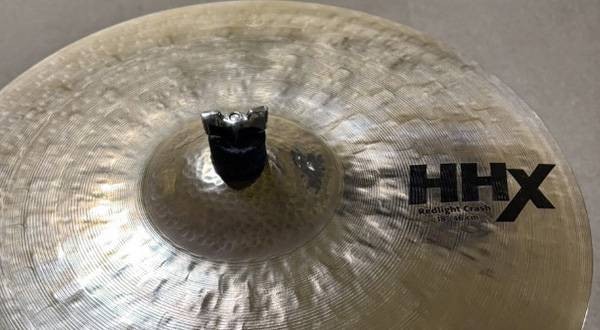


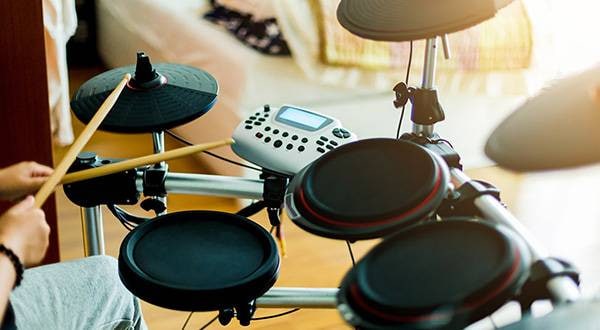
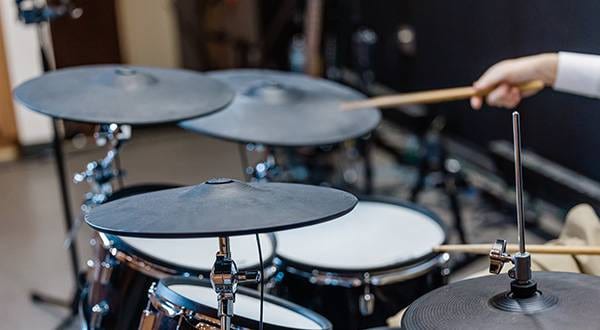

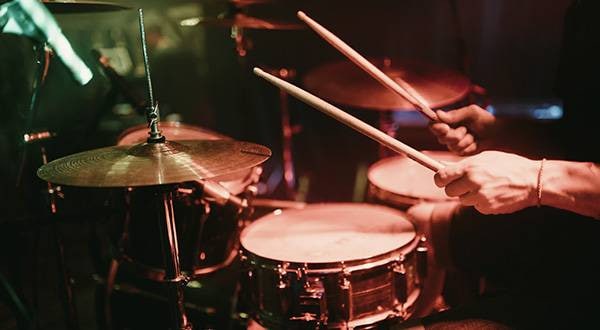
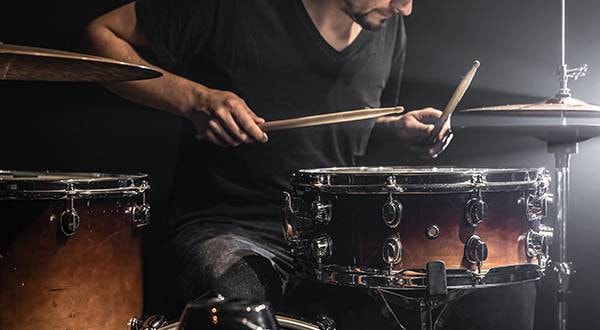
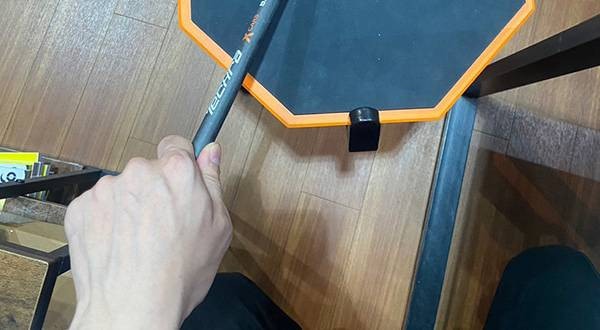
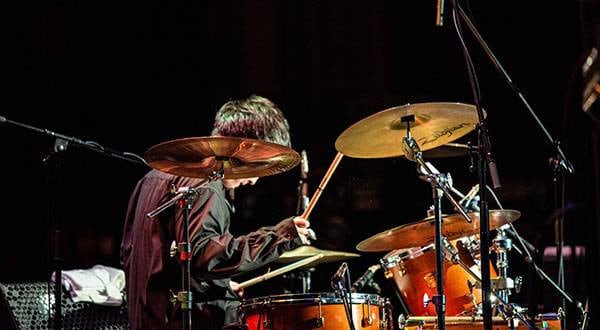
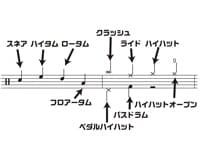 譜面を見て、ドラムを叩いてみよう!!!
譜面を見て、ドラムを叩いてみよう!!!
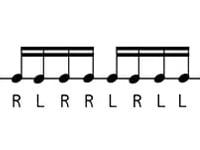 自宅で出来るドラム練習!?
自宅で出来るドラム練習!?
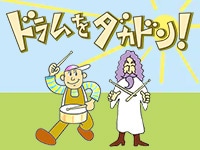 ドラムを始めよう! 初心者向け ドラムをダカドン!
ドラムを始めよう! 初心者向け ドラムをダカドン!
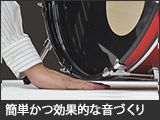 簡単かつ効果的な音づくり
簡単かつ効果的な音づくり
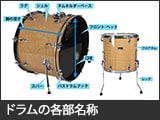 ドラムの各部名称
ドラムの各部名称
 基本的なドラムセット
基本的なドラムセット















